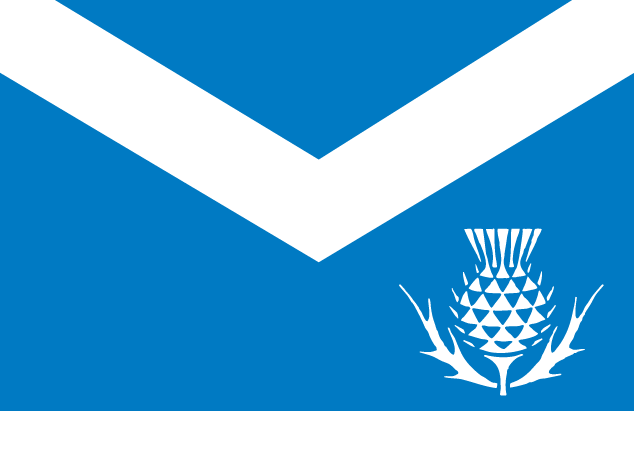
Clan Skene

History
Skene seems to have long existed as a territorial appellation; hence the prefix de, applicable to place, le being always personal. John le Skene, who signs Ragman's Roll in 1296 was probably the son of Duncan, whose son Patrick, signed the same document, and his grandson Robert got a charter of the lands of Skene from Robert the Bruce. The origin of this ancient family is thus more satisfactory proved than by the admission of legends that savour of old wives' tales — the story, so often repeated, of some person rescuing one of the Scottish monarchs from a ferocious wolf, by slaying it with his sgian, dirk, or knife, is the popular traditional origin of the name, and the hero is said to have lived in the time of Malcom II, or about 1014. He would, therefore, be the first recorded in the family history. Although John le Skene and his son Patrick signed the bond of submission to King Edward I of England in 1296, on the accession of Bruce to the Scottish crown, he granted a charter, "Roberto Skene dilecto et fideli nostro, pro homagio et servito suo, omnes et singulos terras de Skene, et lacum ejusdem, per omnes rectas antiquas metas et divisas suas," etc., dated 1318.
Adam de Skene went with his followers to oppose Donald of the Isles, in his alarming advance from the north, and was slain at the battle of Harlaw in 1411. He had raised money for this service by mortgage on his estates, which proved a source of great trouble to his successors. Alexander joined the army of James IV and fell with that chivalrous monarch in the disastrous battle of Flodden Field in 1513, and Alexander, his grandson, was likewise slain at the battle of Pinkey in 1547. The laird of Skene joined Huntly in his attempt to get Queen Mary out of the Earl of Moray's keeping, and lost his youngest son and several kinsmen in the consequent battle of Corrichie in 1562. Others of the family have distinguished themselves in military service, both in Scotland and aboard.

